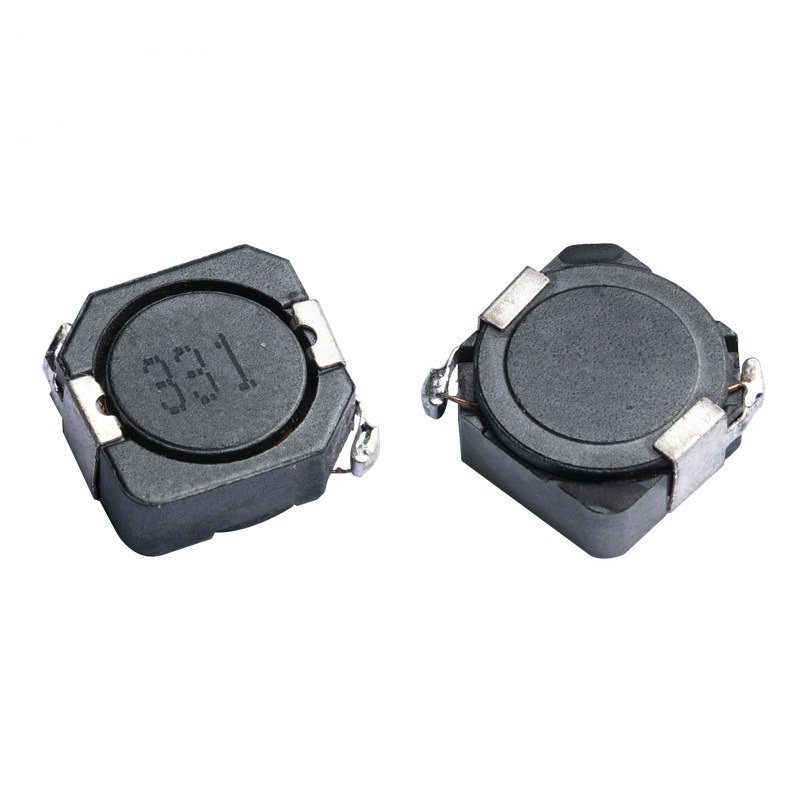
Power Inductors: Essential Components for Stable Power and Signal Transmission
A Power Inductor is a passive electronic component typically made by winding wire around a ferrite core with an air gap. It plays a critical role in filtering and smoothing the output of high-frequency switching power supplies.
Power inductors are widely used across a variety of sectors, including power systems, consumer electronics, communication networks, transportation, industrial automation, medical devices, and household appliances. By regulating current and voltage, storing energy, and controlling current flow, power inductors help ensure stable, reliable power and signal delivery throughout various systems.
As technology continues to advance and application demands grow, the future of power inductors holds even greater potential, with broader use across emerging and evolving industries.
Power inductors are essential components in power electronic systems such as power supplies, motor drives, and voltage converters. Their main role is to store and release energy, helping to regulate current and support voltage conversion. Designed for high power and efficiency, power inductors typically feature high inductance and low DC resistance.
These inductors are generally categorized as shielded or unshielded and are composed of a magnetic core wound with copper wire.
Key Features of Power Inductors:
The main performance parameters of power inductors include resistance, saturation current, inductance, temperature rise current, and self-resonant frequency.
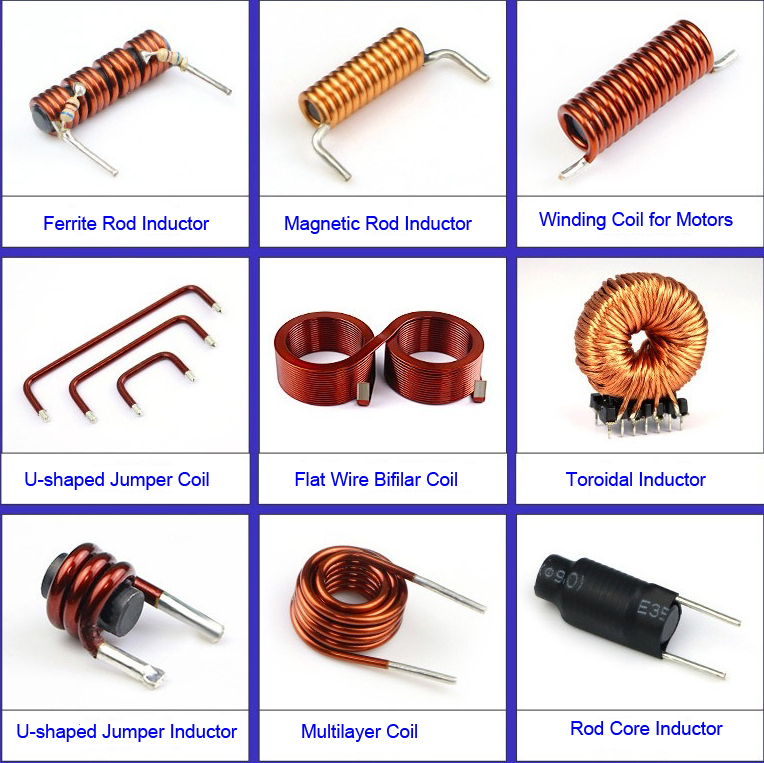
DC Resistance (DCR) refers to the total resistance of the enameled wire between the terminals of an inductor. It reflects the inductor’s resistive behavior in direct current (DC) applications and is measured in ohms (Ω). DCR is influenced by factors such as the conductor material and the internal structure of the inductor. A lower DCR value indicates reduced energy loss in DC circuits, contributing to higher efficiency.
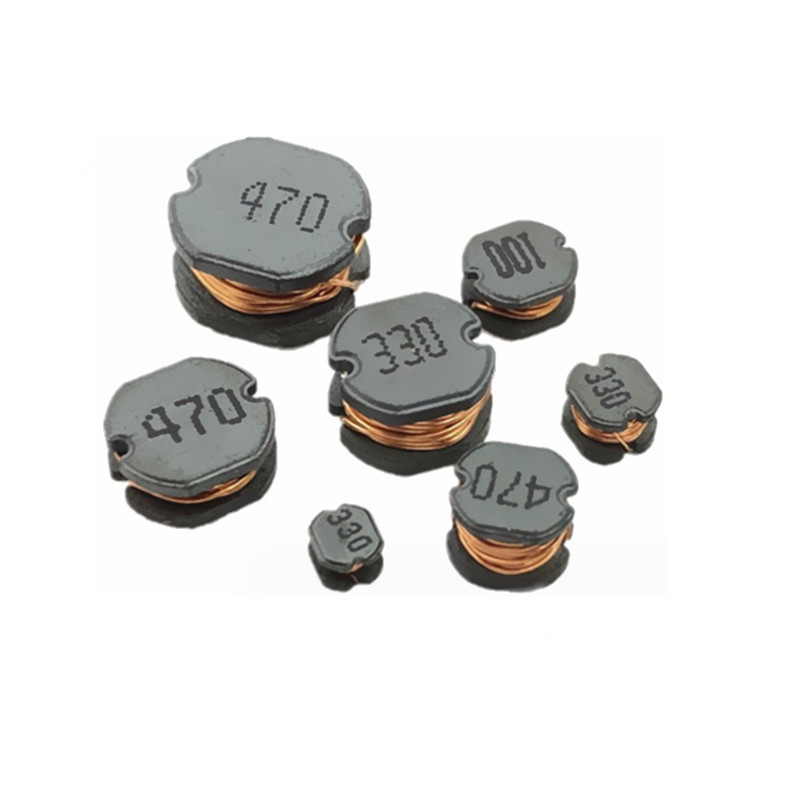
Saturation current (Isat) is the level of continuous DC current at which an inductor’s inductance begins to significantly decrease—commonly defined as the point where inductance drops by 30%.
The maximum current refers to the highest current the inductor can safely handle without risk of damage. As a power inductor operates, it generates a magnetic field proportional to the current passing through it. If this current exceeds the inductor’s rated maximum, performance degradation or failure may occur.
Therefore, when selecting a power inductor, it is crucial to account for the circuit’s maximum current to ensure reliable and safe operation.
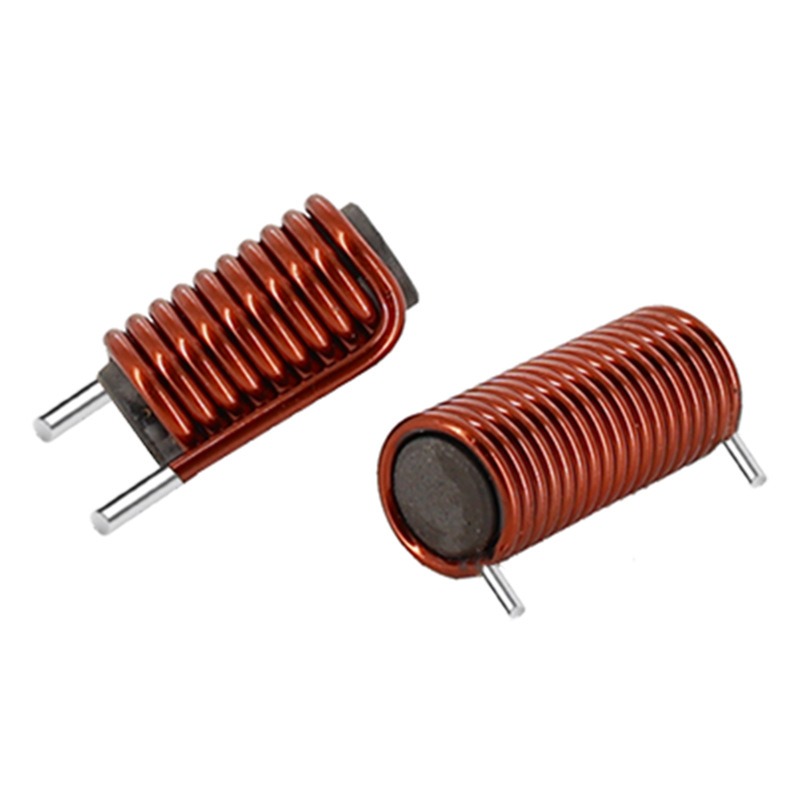
Inductance refers to the nominal value of an inductor’s ability to resist changes in current, typically measured in henries (H). However, due to the effects of magnetic permeability and parasitic capacitance, the actual inductance can vary with frequency.
Inductance tolerance is commonly specified as M (±20%) or N (±30%), indicating the acceptable deviation from the nominal value. A higher inductance provides a stronger opposition to current fluctuations, while a lower value results in a more moderate response.
In circuit design, the appropriate inductance value is chosen based on the specific application—such as peak current suppression, noise filtering, or signal conditioning.
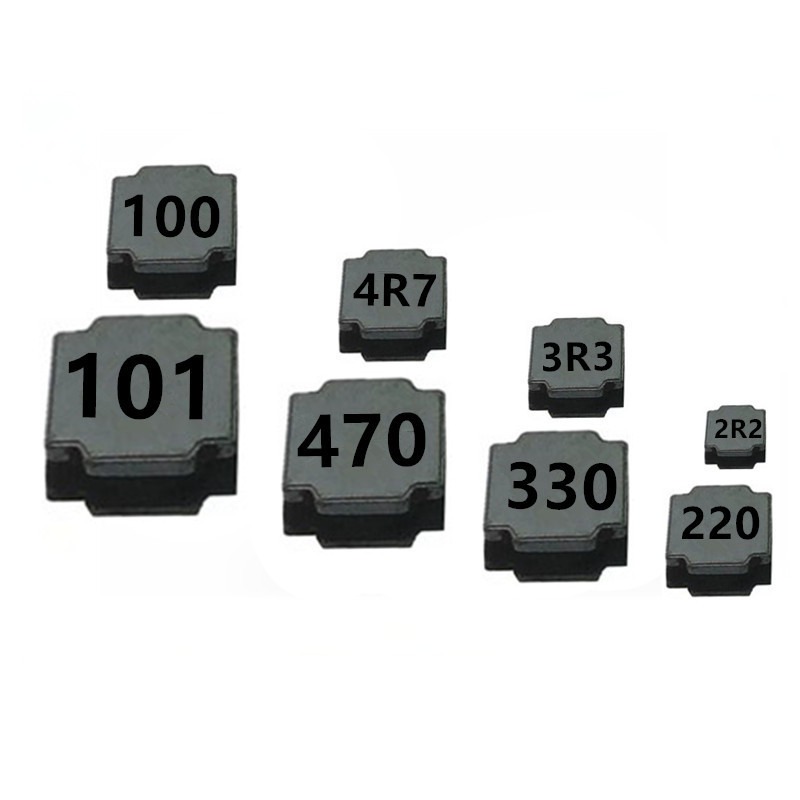
Temperature Rise Current (Irms) refers to the level of continuous DC current that causes the inductor’s surface temperature to increase by 40°C. This temperature rise occurs as a result of power losses generated during operation.
Since power inductors naturally generate heat, excessive temperature rise can negatively impact both performance and longevity. Therefore, when selecting a power inductor, it is important to evaluate its thermal handling capability to ensure reliable operation under actual load conditions.
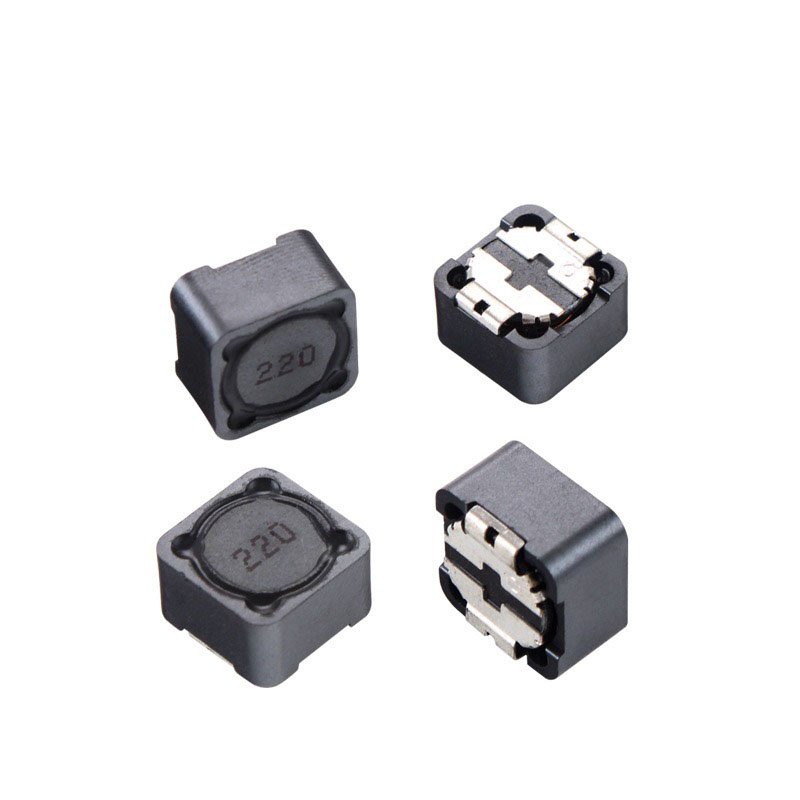
Resonant frequency is the natural frequency at which an inductor and capacitor together form a resonant circuit, enabling maximum energy exchange between the two components. This frequency is determined by the values of both inductance (L) and capacitance (C).
Choosing the appropriate resonant frequency is critical for optimizing circuit performance, enhancing efficiency, and ensuring reliable operation in applications such as filters, oscillators, and wireless power systems.
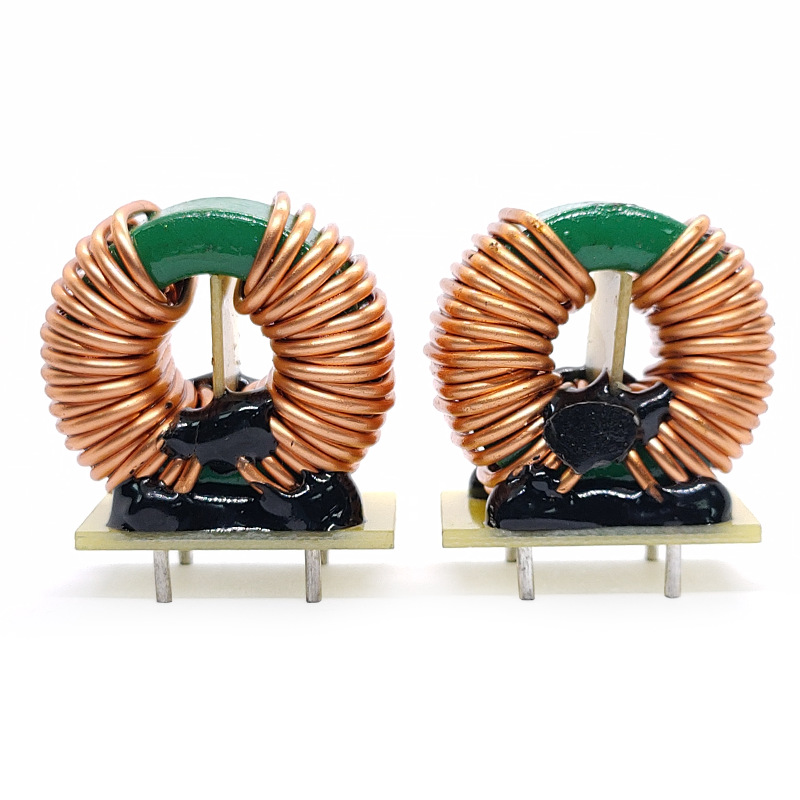
We provide a full suite of custom inductor services to support you throughout the entire design and manufacturing process:
Established in 2013, Shenzhen Kunyo Technology is committed to designing and manufacturing custom magnetic components, including high-frequency transformers, low-frequency transformers, audio transformers, power transformers, and inductors.
Contact us right now to get more information, we will have people reply within 12 hours.
You can get a price of this model or send us any question to get any information you would like to know, we will reply to you soonest.